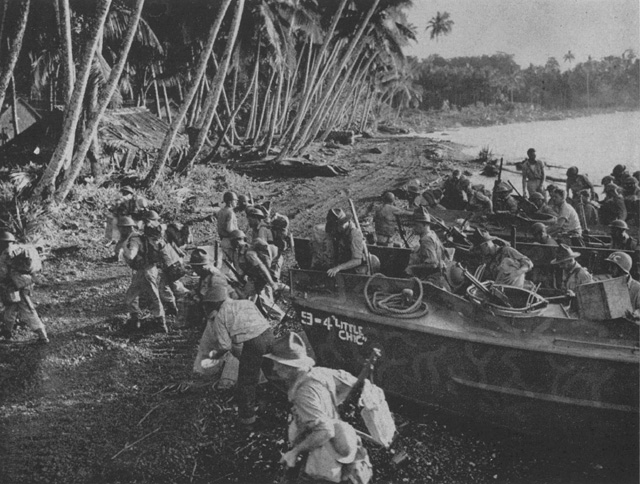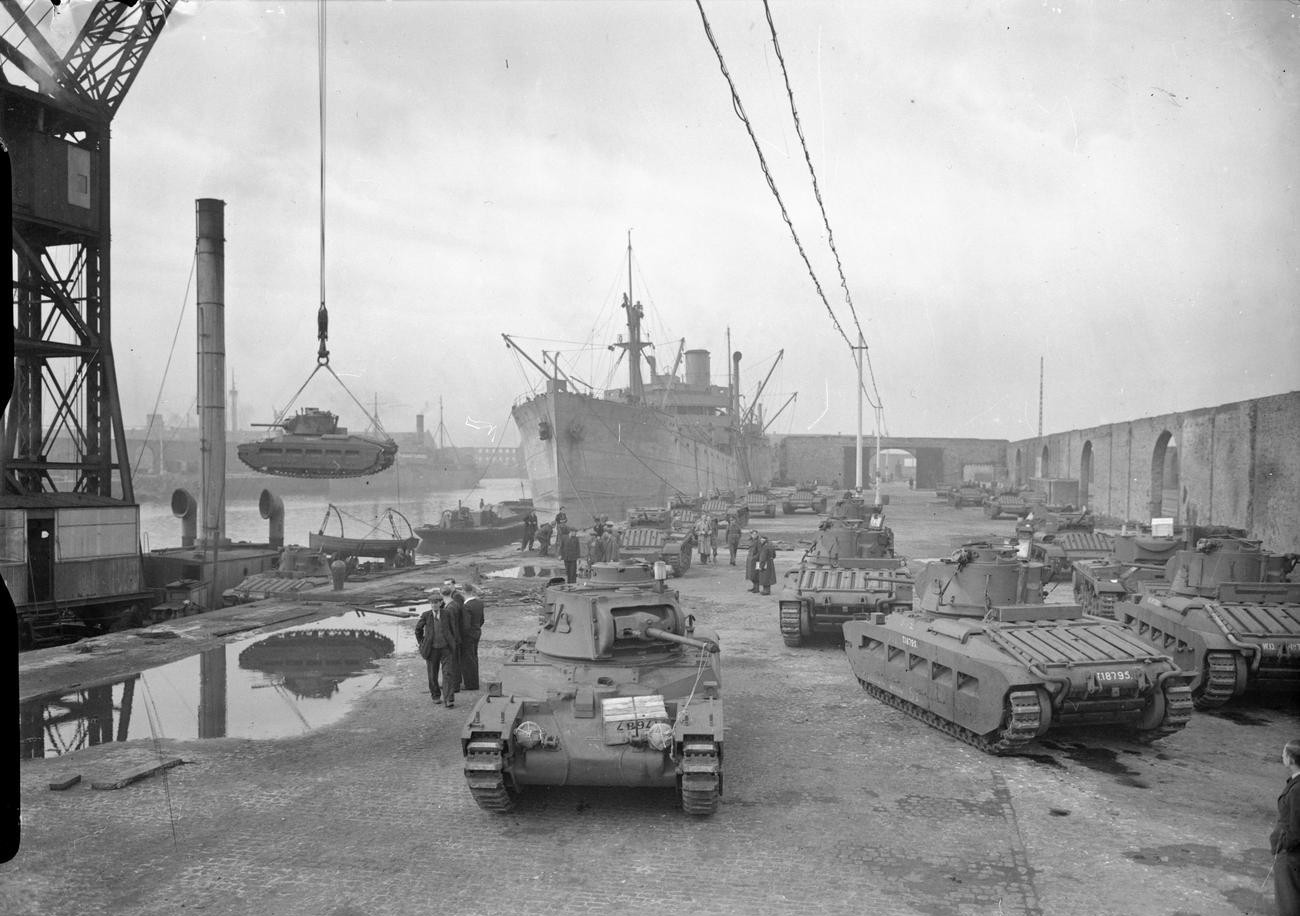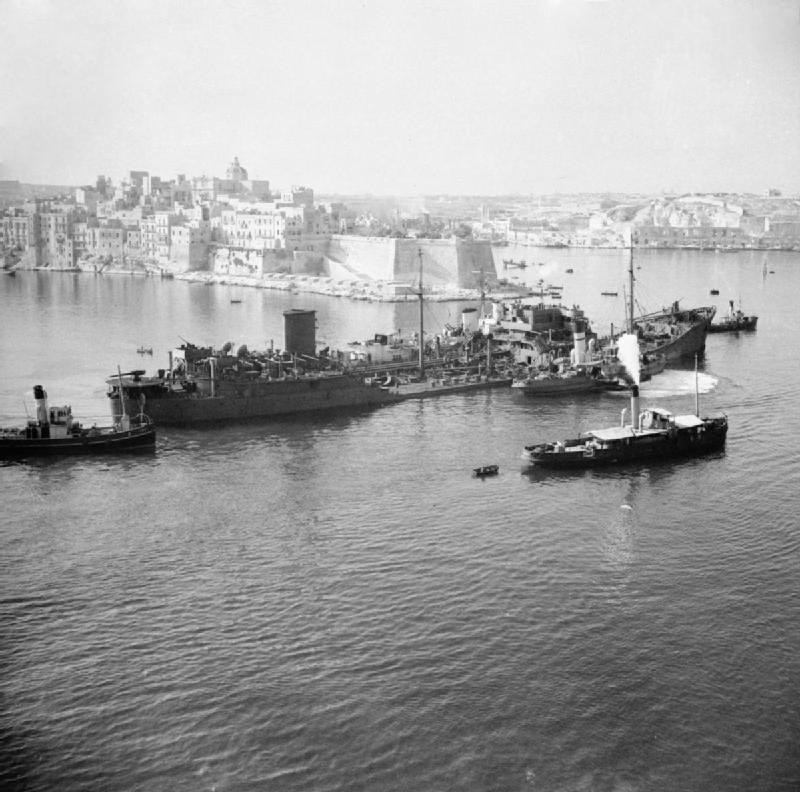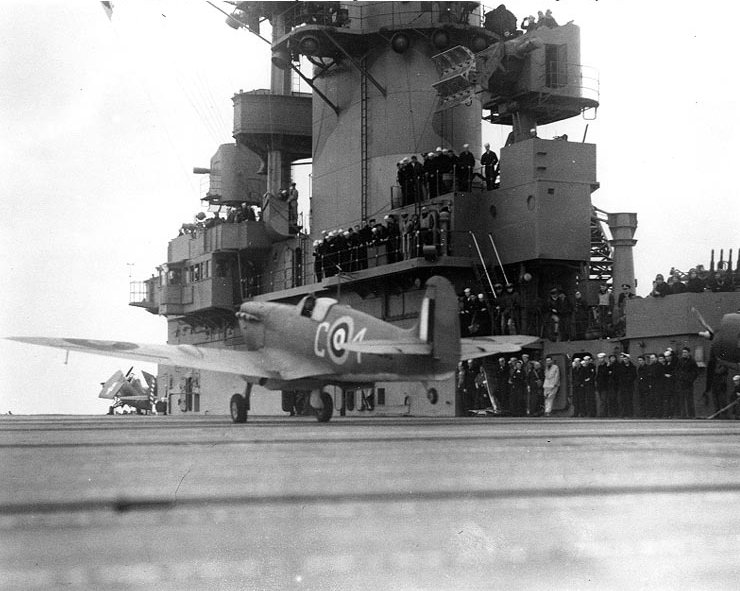What's the POD on that, exactly? The US Congress was extremely pro-China at the time, the Panay incident had already occurred, and Japanese militarism was on a collision course with American interests.
Stop the embargo? Ok, either stop Japanese militarism and somehow convince Congress and the American public not to care.
I'm just saying, it's not that simple.
That's always the problem with this POD. If America doesn't join the war, it's because there's no war in the East. If there's no war in the east, then a lot must have changed. And if a lot has changed in the East, then there's no problem with Britain withdrawing a big chunk of their forces from India/Burma/Singapore.
When we've been talking about Britain filling up the 7 divisions the US contributed to the MTO with forces from the east, we're talking about Britain doing this in 1942 and sort of just handwaving why 1) there's no eastern war and 2) if there's clearly not going to be one why weren't forces sent to Europe in 1940 or 1941? IfJapan didn't take French Indochina in 1940, say, then they're in a much worse position and war is much less likely. So troops would surely have gone to Africa in 1941? If so could Britain have kicked Italy out of North Africa and invaded Greece with the extra manpower? This would totally change the Med from OTL.
But it's easier to just say "ok everything remains exactly the same only there's no war in the East and there isn't going to be, so we have to recreate OTL war without American boots on the ground".








